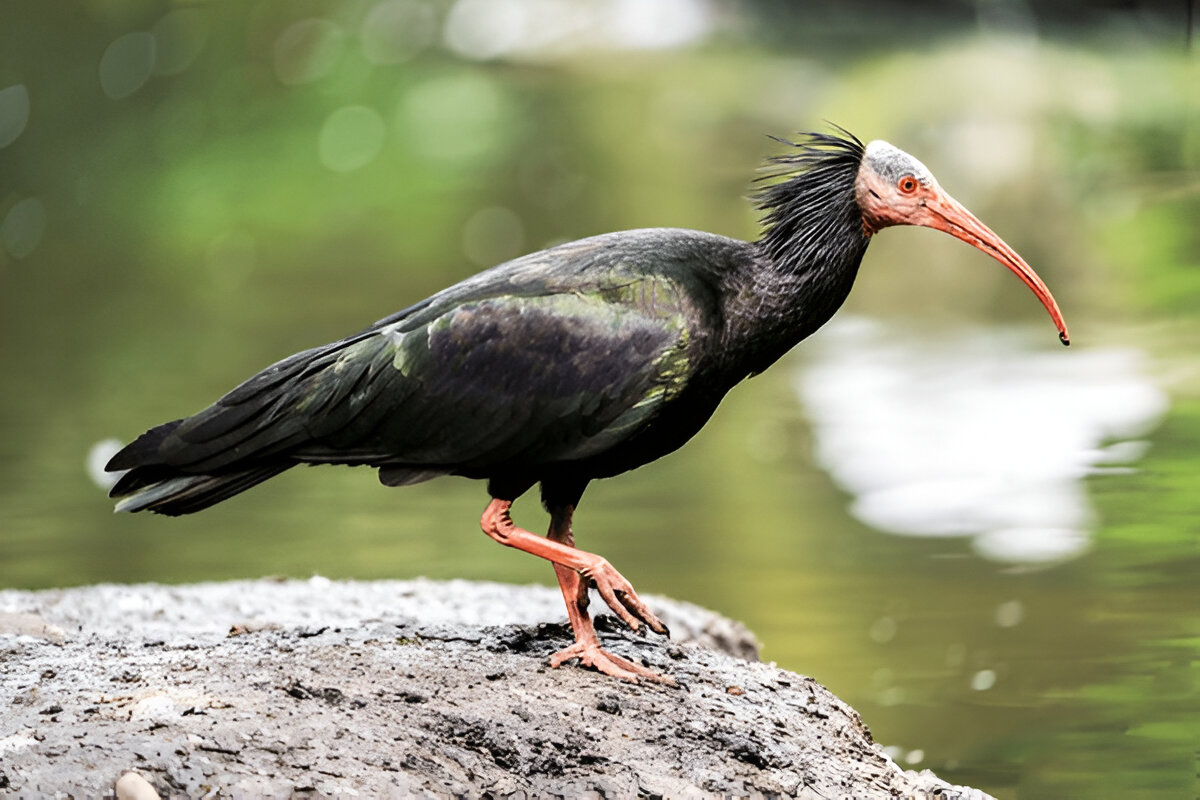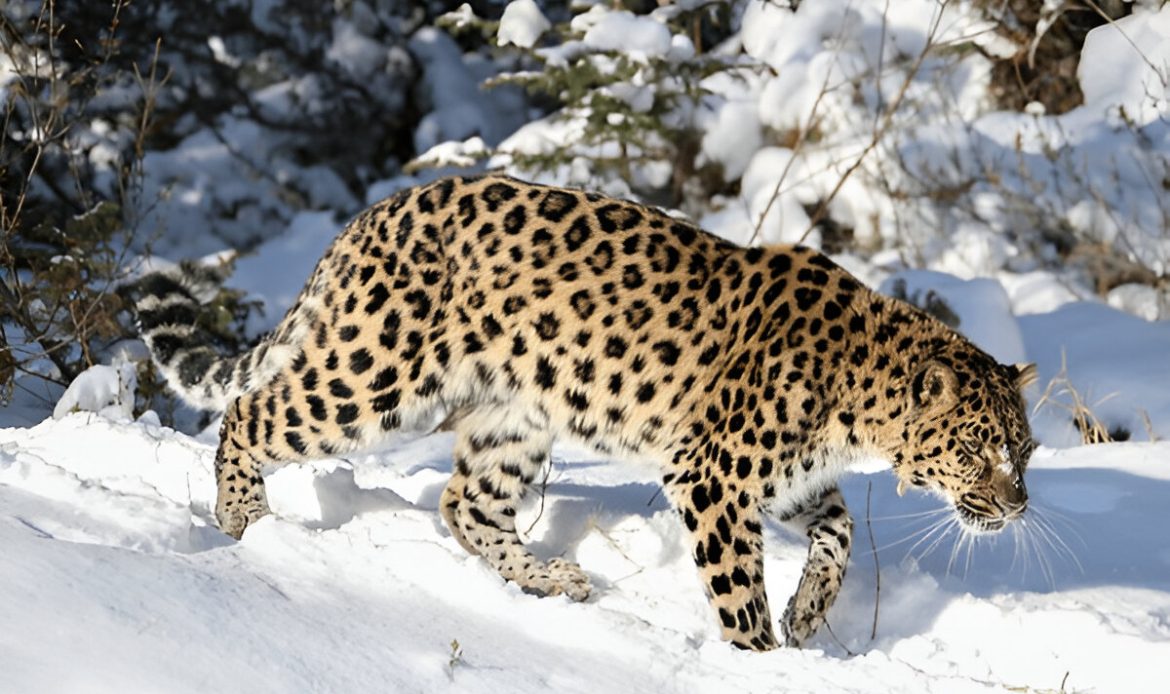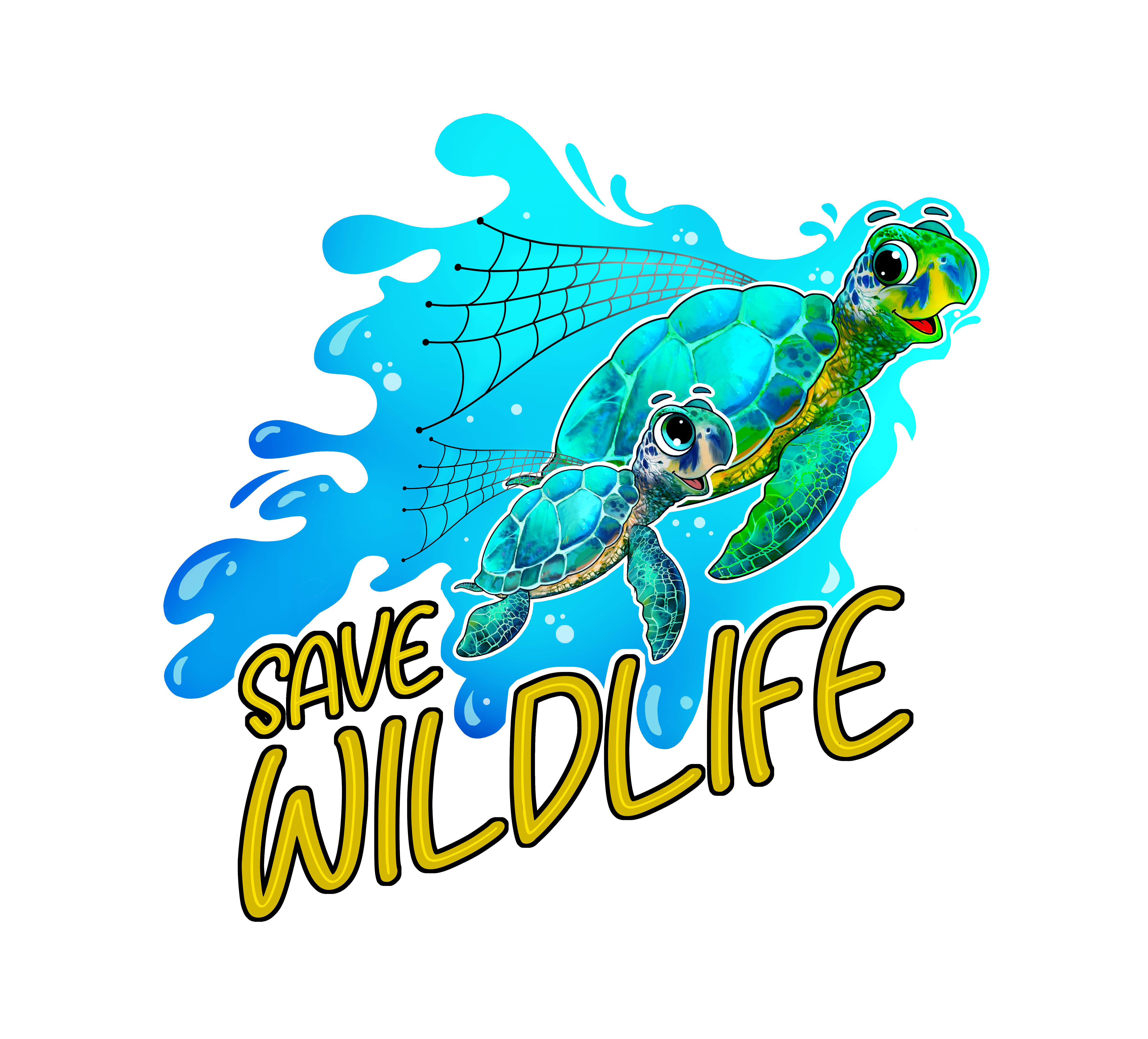
7 Endangered Species That Could Disappear by 2030
Endangered species is not just a trendy term; it’s a serious alert. Animals around the world are disappearing quickly and at a worrying pace. The battle to save endangered species is more important than ever from thick rainforests to deep ocean trenches. As human actions speed up the loss of wildlife, we need to focus on the reasons why species are in danger and explore ways to help them recover.
Here we highlight seven of the most endangered species that might disappear by 2030 unless we take important action. You might recognize some of these animals while others could catch you off guard. “However, everyone needs help right away.”
Table of Contents
1. Vaquita (Phocoena sinus)
Native to the northern part of the Gulf of California, the vaquita is the world’s rarest marine mammal. As of 2025, fewer than 10 individuals are believed to remain in the wild.
Main Threats:
- Accidental bycatch in illegal fishing nets
- Habitat degradation
- Pollution
Why it matters: The vaquita is a symbol of how human industry can devastate even the most isolated ecosystems. If we want to protect endangered species, the vaquita should be at the top of our concern list.
2. Javan Rhino (Rhinoceros sondaicus)
The Javan Rhino once roamed all of Southeast Asia but now it only exists in one national park in Indonesia. These rhinos are in serious danger of disappearing because their homes are being destroyed and they are being hunted.
Current Population (2025): Fewer than 80 individuals
Endangered species causes:
- Deforestation
- Poaching for horns
- Natural disasters (volcanic eruptions, tsunamis)
People are working to move some rhinos to set up a new home for them but they need to hurry.
3. Northern Bald Ibis (Geronticus eremita)
The Northern Bald Ibis known for its noticeable bald heads and curved beaks was highly respected in ancient Egypt. Today this bird is among the most vulnerable species in Europe and North Africa.
Threats:
- Habitat destruction
- Hunting in migration zones
- Power line collisions
Good news: Conservation programs have successfully brought back small groups of animals in certain areas of Europe. We need to expand these efforts if we want to make sure they survive by 2030.
4. Yangtze Giant Softshell Turtle (Rafetus swinhoei)
Known as the world’s rarest turtle, this species is down to just three known individuals—and only one confirmed female.
Endangered species causes:
- Habitat fragmentation in Chinese and Vietnamese rivers
- Hunting and traditional medicine trade
- Pollution and damming of rivers
Scientists are racing to breed the last known pair, but challenges remain. This turtle is a reminder of how little time is left for some species.
5. Amur Leopard (Panthera pardus orientalis)
Native to the Russian Far East and northeast China, the Amur Leopard is perhaps the rarest big cat on Earth.
2025 Population Estimate: Around 120 in the wild
Threats:
- Poaching
- Loss of prey
- Forest fires and habitat loss
Even though there aren’t many of these leopards they have had some success because of laws against poaching and pathways in their homes. However, its survival is not guaranteed.

6. Saola (Pseudoryx nghetinhensis)
Often referred to as the “Asian Unicorn,” the Saola is so elusive that no biologist has ever seen one in the wild. It was discovered in 1992 in the Annamite Mountains between Laos and Vietnam.
Why is it at risk?
- Snare traps set for other animals
- Logging and habitat destruction
- Lack of breeding programs in captivity
It is a creature that demonstrates how much we do not know about the vanishing species. It has the characteristics that will allow it to be a target for an endangered species conservation plan in 2025.
7. Hawksbill Sea Turtle (Eretmochelys imbricata)
Recognized for its beautiful, patterned shell, the Hawksbill Sea Turtle is now critically endangered due to human greed and environmental threats.
Endangered species causes:
- Illegal shell trade
- Coral reef loss
- Plastic pollution and ocean acidification
To protect endangered species like the Hawksbill, we must take stronger steps against marine pollution and overfishing. Their extinction would ripple through ocean ecosystems.
What are the Major Causes of Extinction?
Recognizing the causes of these endangered species is critical in order to resolve this crisis.
Here are the main threats:
- Habitat destruction and fragmentation through agriculture, urbanization, and logging
- Climate change affecting migration, food, and reproduction
- Poaching and illegal wildlife trafficking
- Pollution in water, oceans, and forests
- Invasive species competing with native species
When these are compounded, they limit the ability of vulnerable species to recover.
What Can You Do to Help?
You don’t need to be a scientist or conservationist to take action. Here are some less-challenging actions that you can take:
- Support nonprofit organizations working to save wildlife.
- Use less plastic to prevent ocean pollution.
- Consider eco-friendly brands that are leading the way toward sustainable development that won’t destroy wildlife habitat.
- Use your voice to spread the awareness of wildlife issues you learn by sharing facts, and supporting educational efforts.
- Volunteer for local cleanup opportunities, like a wildlife and marine cleanup.
Don’t assume that your actions or voice don’t count – every voice can matter. Every action can count.
Last Words of Encouragement
As we have seen when we look at the scope of biodiversity loss it can be easy to get hopeless, but extinction is not inevitable. We have opportunities to bring awareness, scientific development, and action to save endangered species from extinction – before it is too late.
There are no words from the most endangered species asking for help, only dwindling numbers and disappearing habitats. Decisions we make today will determine the quality of our planet for future generations. Our choices are important; we all must be on the right side of history.
Frequently Asked Questions (FAQ)
Q1: What is the most endangered species in 2025?
Both the Vaquita and Yangtze Giant Softshell Turtle are among the most vulnerable species in 2025, with less than 10 individuals remaining.
Q2: Why are so many species becoming extinct?
The leading causes are habitat loss, global warming, pollution, and illegal hunting/trade.
Q3: Are extinct species able to be reintroduced?
While there is research around “de-extinction,” it is still in the developmental stage. The best option is to act now and save species that are.
Q4: How can I help support endangered animals from home?
You can donate to wildlife organizations; also, reduce your carbon footprint, use eco-friendly/ sustainable products, and help raise awareness on social media or within your community.
Q5: Are any of these animals protected by law?
Yes, many species are protected by international treaties, such as CITES and national laws. However, enforcement and funding most often lack the political will to make them effective.
